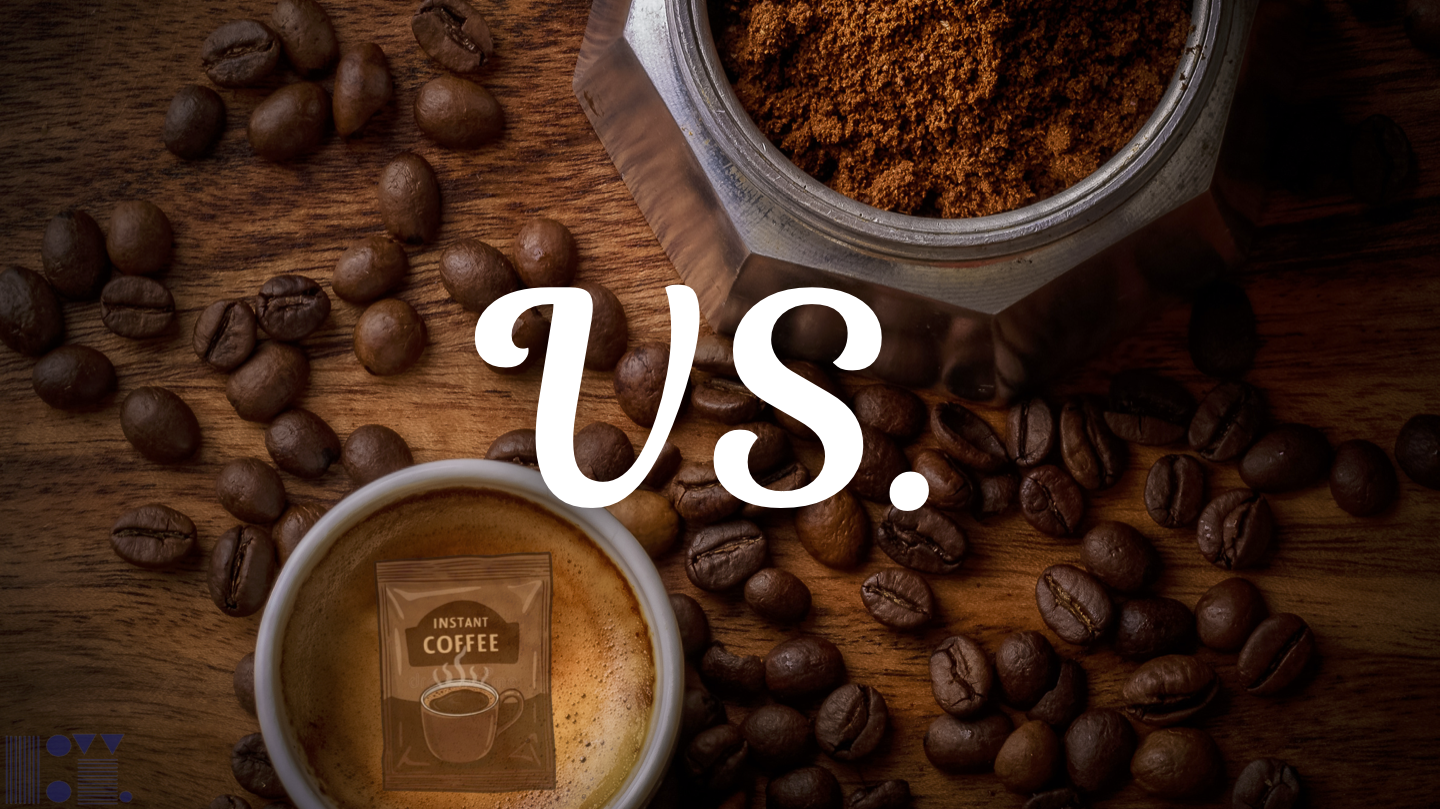What Is “Real EVA”? Let’s Clear Up the Confusion Once and for All
![]() 2025.10.23
2025.10.23
 Blog
Blog

Do you ever notice the label "EVA mat" thrown around a little too loosely in the market? And honestly, that's where many misunderstandings start.
Not every "EVA" mat is actually made from true EVA. Some products are primarily PE (polyethylene) — a safe, lightweight, and soft material — but it's not the same thing! And that difference matters more than most people realize.
Here's the quick version👇
PE mats are great for temporary setups (no doubt!) — soft to the touch, non-toxic, and Budget-friendly! But because of their layered structure, they're not 100% waterproof (only surface-wipe safe). The sides usually show small air holes, which means liquids can seep in over time. PE foam also has poor elasticity and tends to lose its bounce from daily use, so regular replacement is needed if you care about safety.
EVA mats, on the other hand, are made through a one-piece foaming process. They're closed-cell, which means fully waterproof — even against spills or baby messes. You can literally lift one piece out, rinse it under water, and it dries without leaving odors.
The elasticity and density of EVA-based foam — often blended with a small portion of PE — provide excellent cushioning and stability. When the EVA content (VA%) exceeds around 10%, the mat gains that signature balance of softness and resilience that families love.
Perfect for babies learning to crawl, active toddlers, or anyone who spends time on the floor, EVA mats are resin-foamed (not plasticized), meaning no plasticizers and long-lasting durability.
If you're sourcing or buying mats, you should know:
• EVA content (VA%) — 10% or more usually indicates real EVA-grade material.
• Material composition for each layer — whether it's single-layer, double, or multi-layer laminated, what truly matters is the core material of each layer, not the number of layers.
• Ask and feel about the foam type yourself — EVA-based foam has a denser, closed-cell structure that's fully waterproof and more resilient, while PE-based foam tends to have open pores and flattens faster over time.
PE isn't "bad" — it's just built differently. But calling PE-based mats "EVA" is like calling instant coffee a cappuccino. Both have their place; they just shouldn't be labeled the same.
At KenYo, we care deeply about helping our customers — and their customers — make informed choices. Because when you know what's under your feet, you know what kind of quality you're standing on.
Click here to receive our pricing and product package PDF and get moving!
Follow ➡️ Ken Yo Co., Ltd. 🛎
 Calling PE-based mats EVA is literally like calling instant coffee a cappuccino. Heres the Real Difference Retail Buyers Need to Know!
Calling PE-based mats EVA is literally like calling instant coffee a cappuccino. Heres the Real Difference Retail Buyers Need to Know!